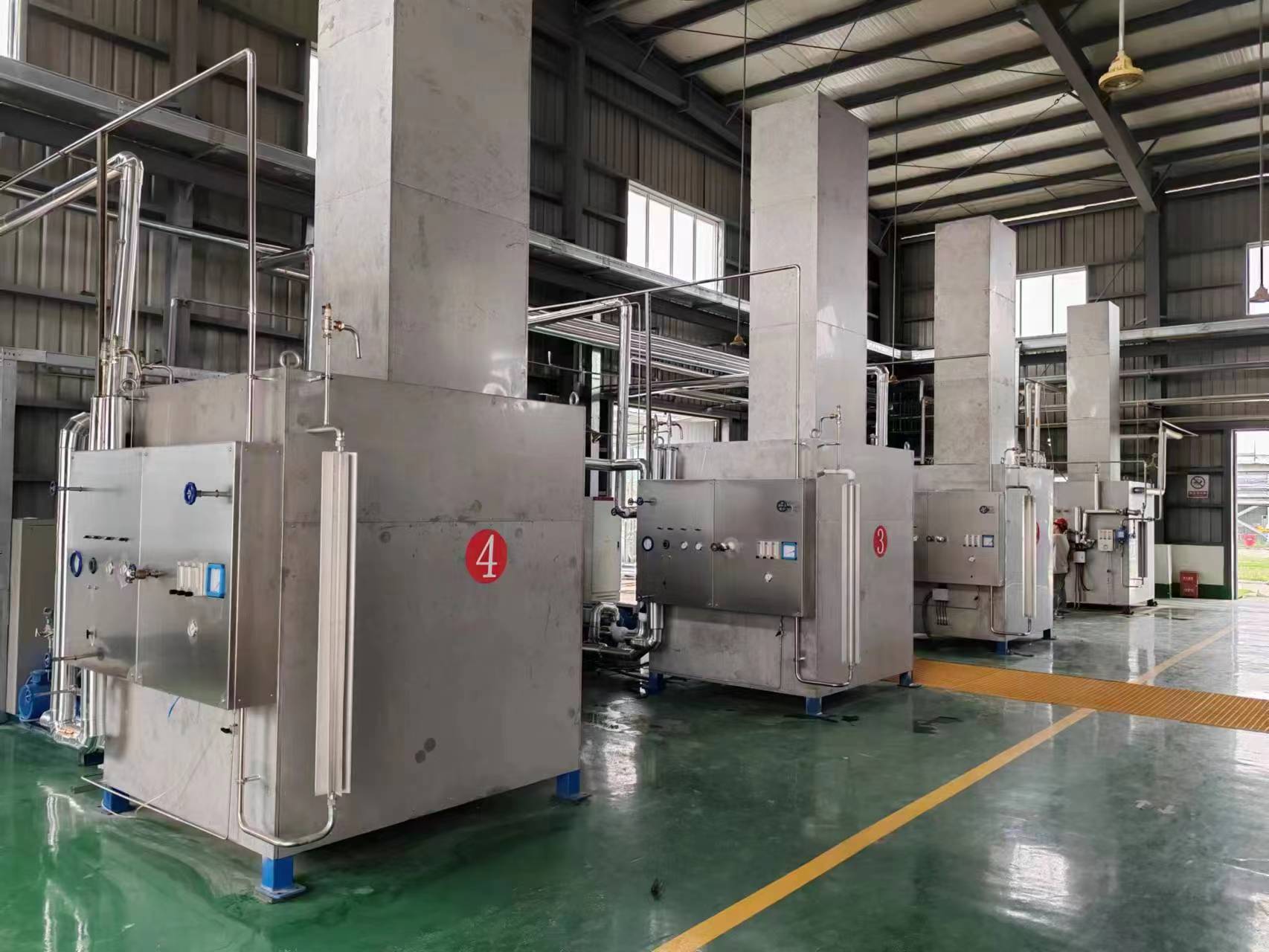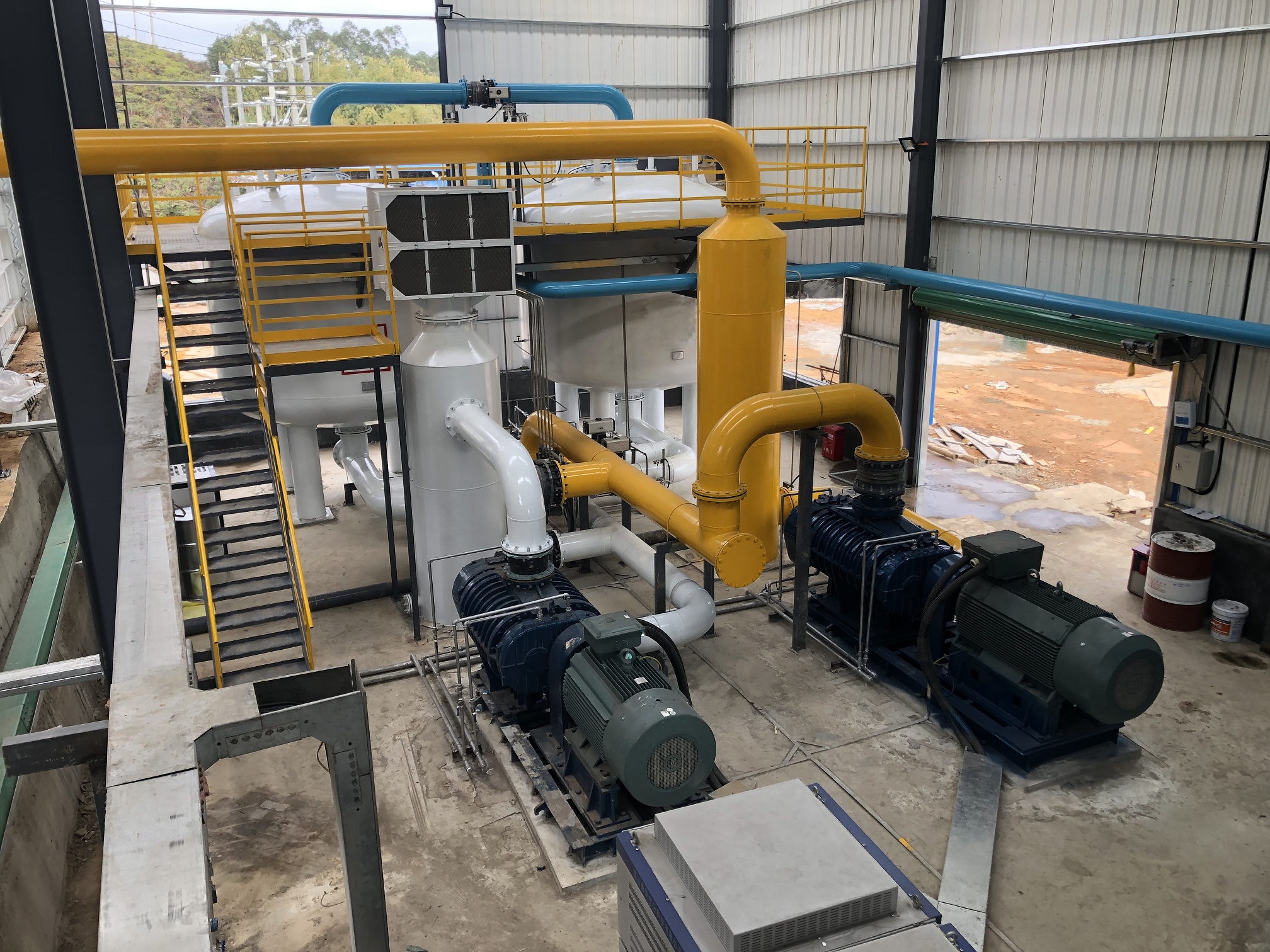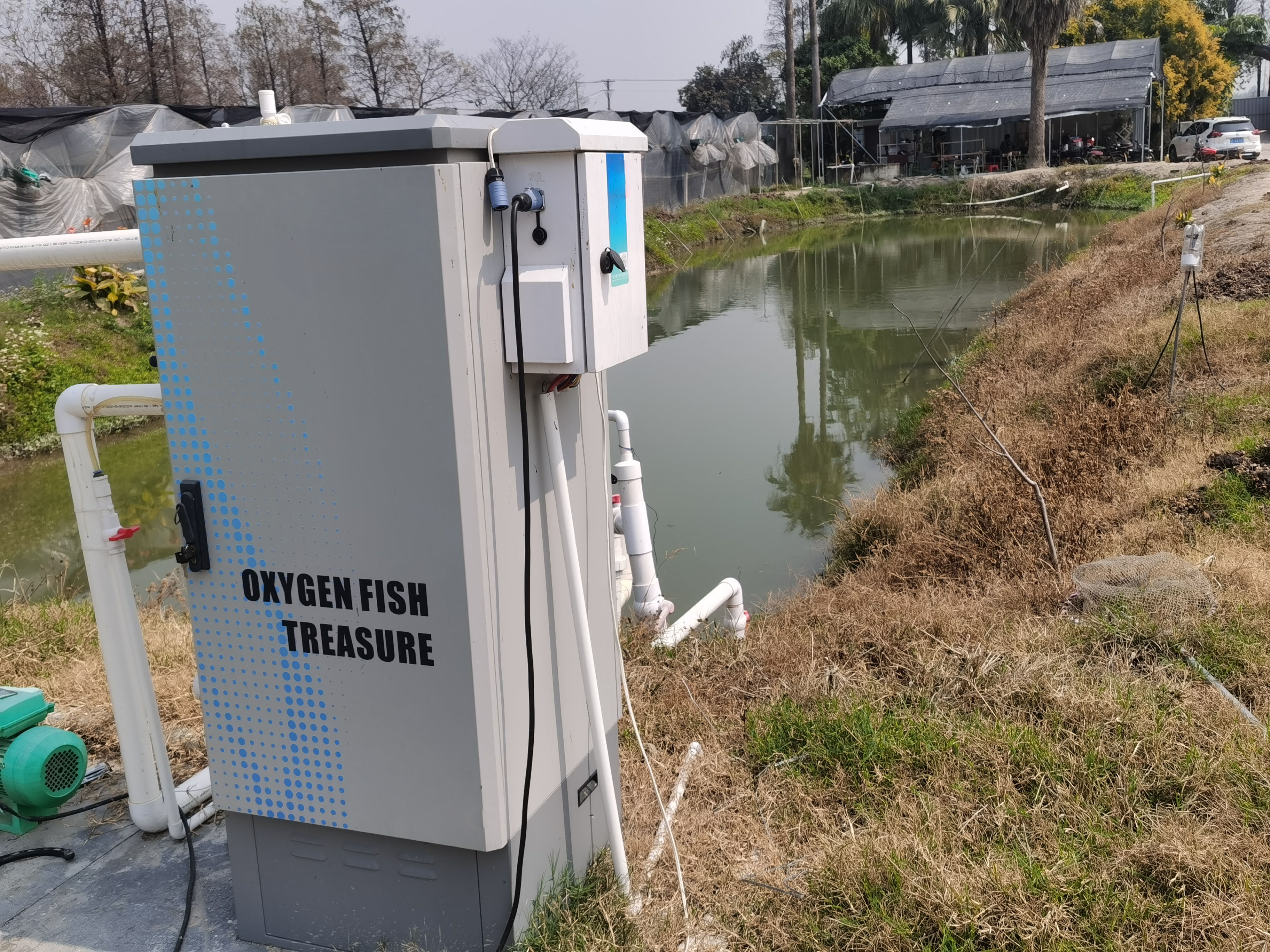PRODUCT CATEGORIES

Feed gas CO2 concentration: 8% -99.5%
Scope of capacity: 100kgs/hour - 8000kgs/hour
Purity of CO2: ≥99.99% or industrial grade
Feed gas CO2 concentration: 8% -99.5%
Scope of capacity: 100kgs/hour - 8000kgs/hour
Purity of CO2: ≥99.99% or industrial grade

Capacity: 80kgs/h,160kgs/h
Purity: 99.5%
Raw material: Solid/liquid ammonia nitrate
Capacity: 80kgs/h,160kgs/h
Purity: 99.5%
Raw material: Solid/liquid ammonia nitrate

Capacity: 80~500kgs/h
Purity: 99.9995%
Raw material: industrial/medical grade N2O
Capacity: 80~500kgs/h
Purity: 99.9995%
Raw material: industrial/medical grade N2O
 H2 plant Hypower Project wind power to H2 2000NM3 per hour (1).jpg)
-Large capacity of single stack (2000Nm3/h = 10MW)
-Large capacity of single purification unit (8000Nm3/h)
-Large capacity of single stack (2000Nm3/h = 10MW)
-Large capacity of single purification unit (8000Nm3/h)
2)Raw material: electricity,water
2)Raw material: electricity,water
.jpg)
Liquid oxygen: purity ≥ 99.6%, pressure 0.8~1.2MPa (saturated liquid)
Liquid argon: purity ≥ 99.999%, oxygen content ≤ 1ppm
Liquid nitrogen: purity ≥ 99.999%, oxygen content ≤ 2ppm
Liquid oxygen: purity ≥ 99.6%, pressure 0.8~1.2MPa (saturated liquid)
Liquid argon: purity ≥ 99.999%, oxygen content ≤ 1ppm
Liquid nitrogen: purity ≥ 99.999%, oxygen content ≤ 2ppm


Oxygen supply method: pure oxygen exposure, dissolved oxygen equipment
Applicable scenarios: Conventional soil ponds, factory breeding ponds, fish truck transportation
Oxygen supply method: pure oxygen exposure, dissolved oxygen equipment
Applicable scenarios: Conventional soil ponds, factory breeding ponds, fish truck transportation

Insultation Mode: Multi-layer super vacuum insulation / PU insulation
Insultation Mode: Multi-layer super vacuum insulation / PU insulation

support you with
professional feasibility
analysis and solutions.


